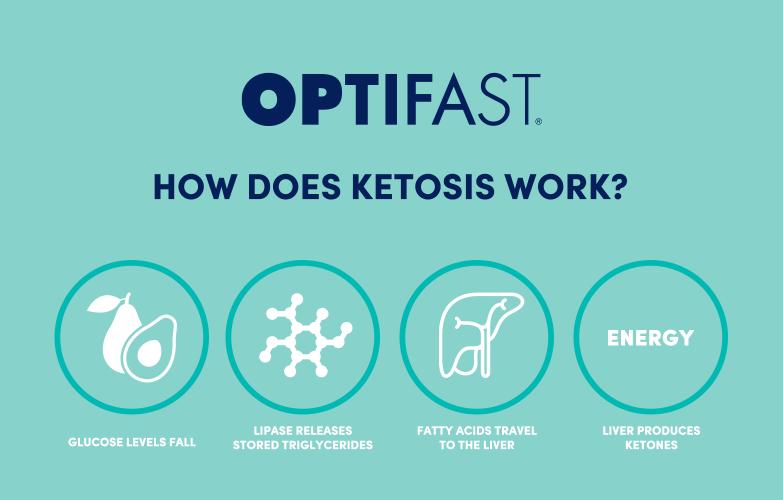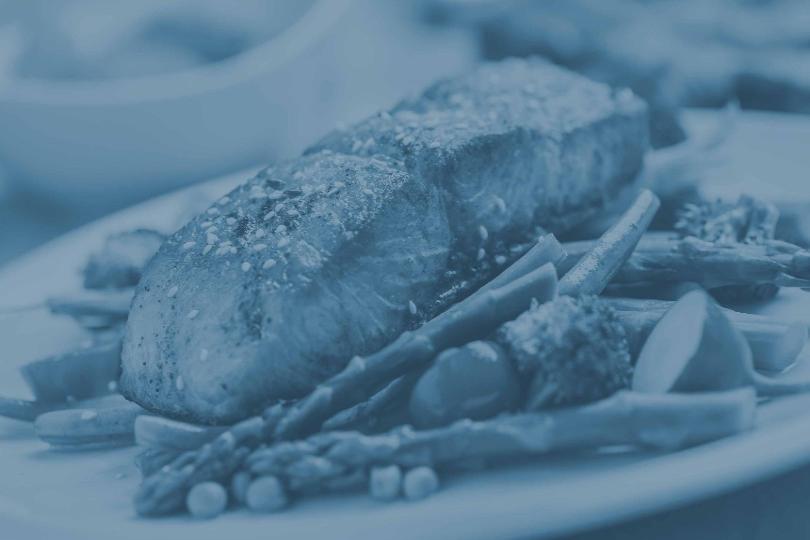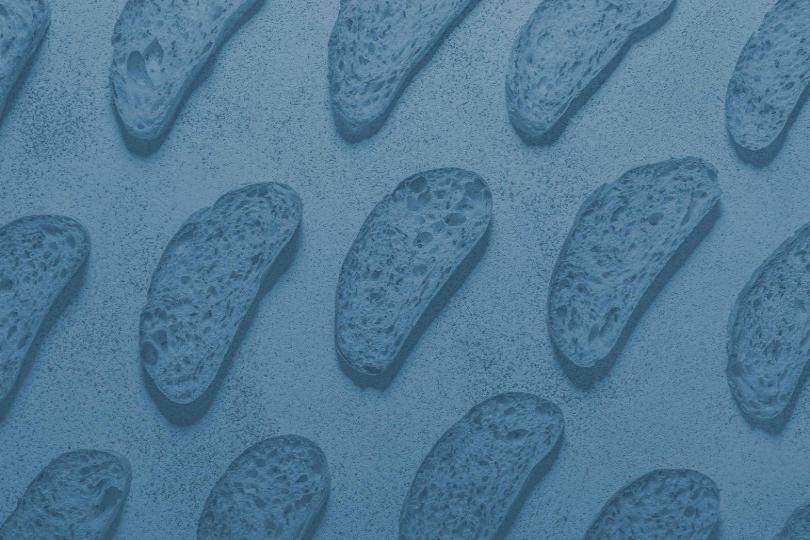Ketosis Diet Plan - The 3-Day Challenge Diet

The 3-Day Challenge
During ketosis your body begins to burn fat cells for energy, and you no longer need carbs for energy. Ketosis also decreases appetite, making it easier to follow our program. Ketosis also decreases appetite, making it easier to follow our program.




